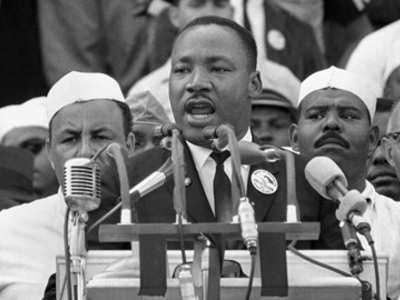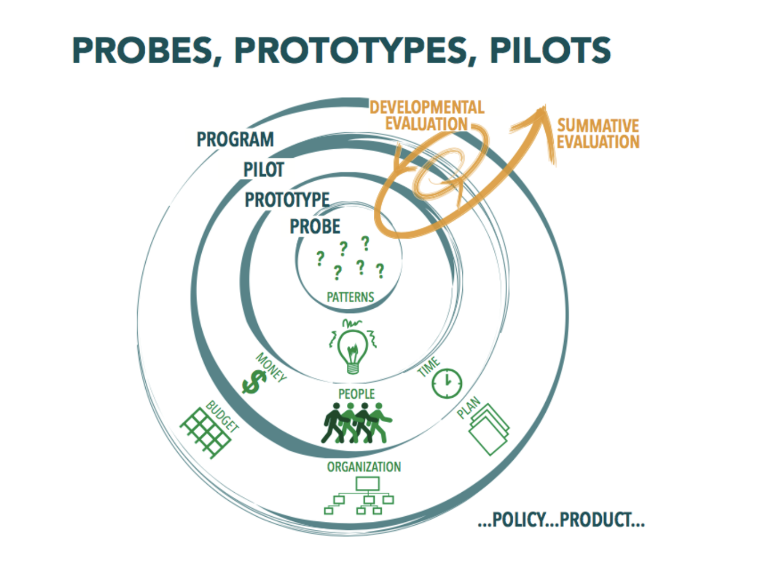
Today a client emailed me with a small anxiety about setting up a meeting room in a circle. The work we will do together is about rethinking relationships in a social movement and the concern was that it was already unfamiliar enough territory to work with. Setting up the room in a circle might cause people to “lose their minds.” I get this anxiety, because that is indeed the nature of doing a new thing. But I replied with this email, because I’m also trying to support leadership with my client who is doing a brave thing in her calling:
Share:
Back in the fall I got to finally do some work with my friends Peggy Holman and Stephen Sliha (and Carol Daniel Kasbari too!) with the fabulous organization Journalism That Matters. I was able to do a little process hosting and participating in the developmental evaluation that was going on during the two day conference in Portland. Last month Peggy published an overview of what we learned in that conference. Embedded in that report is this video made by some of the students on the evaluation team. It contains interviews with many of the participants who had epiphanies about what …
Share:

Martin Luther King’s famous “I Have a Dream” speech is best known for his statements of possibility and the energy with which he concluded his remarks. It is a compelling call to purpose, to a world in which the future is only currently imagined. It provided a generative image of what is possible, if not what is attainable, and it did what a good purpose does: it helped take the place of a charismatic leader. Internalized, that purpose drives the movement.
Share:

When I was up in Whitehorse last week I got to spend time with folks from the Public Service Commission discussing a project that would see us looking at discriminations in the workplace from a complexity angle. Using Cynefin and SenseMaker(tm), we hope to understand the ways in which the landscape of discrimination shifts and changes over time so that the PSC can make wiser decisions about the kinds of initiatives it sculpts. One of the problems with diversity initiatives in the public service (in any large public organization really) is the feeling that they need to be broad based …
Share:
In the complex space, Paul Hobcraft shares some very good guiding principles, but the whole post shimmers with good advice about transformation, and is applicable to movement building, network organizing and enterprise. Today corporate transformations must be designed and executed quickly and routinely—not as once-a-decade events. Management teams are looking for best practices that increase speed and reduce the risk of pursuing business model innovation and change. That’s where minimum viable transformation comes into play. Before diving in, management teams should consider these five principles: 1. Learn how to learn. The central goal of minimum viable transformation is to learn …

